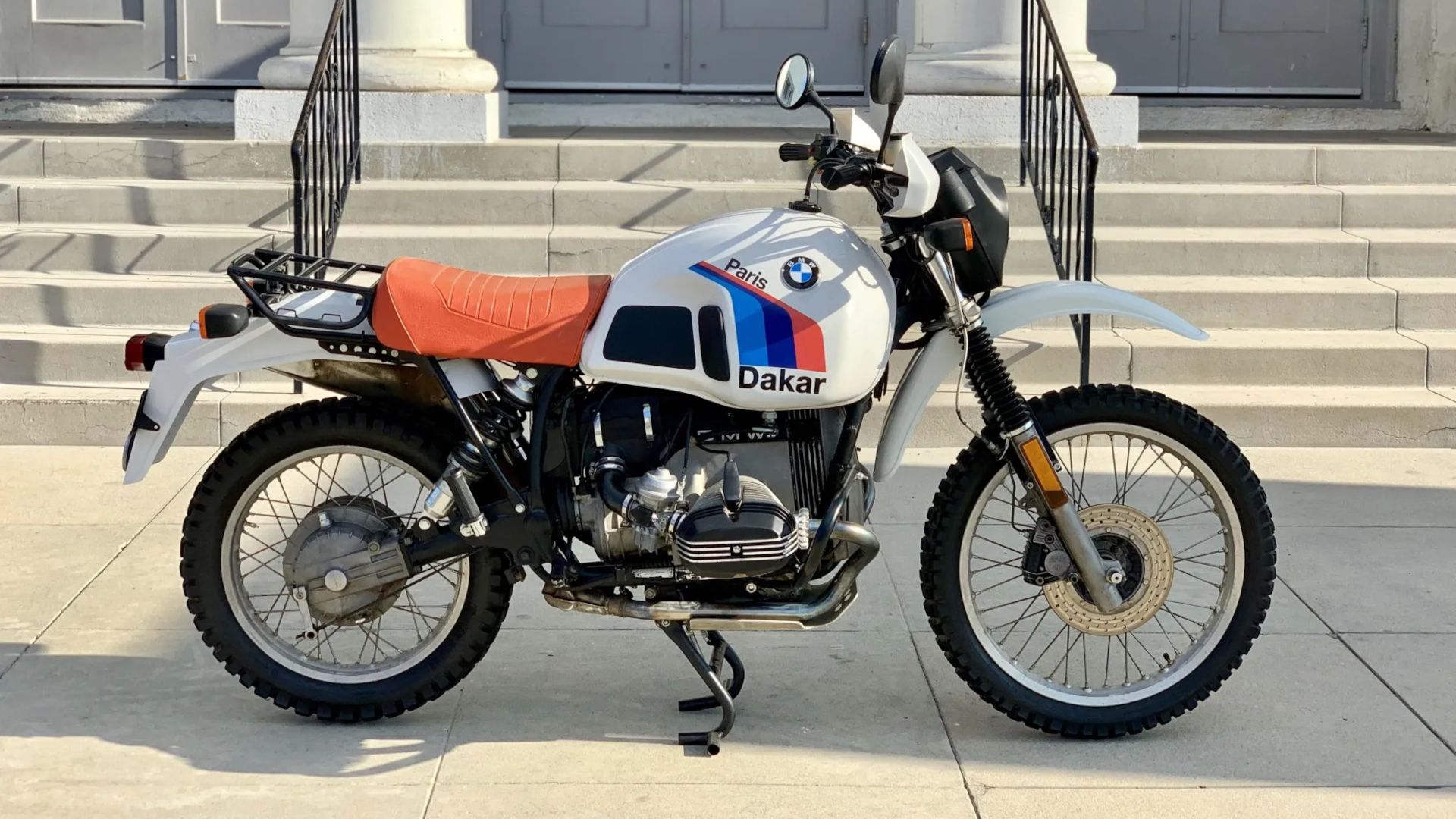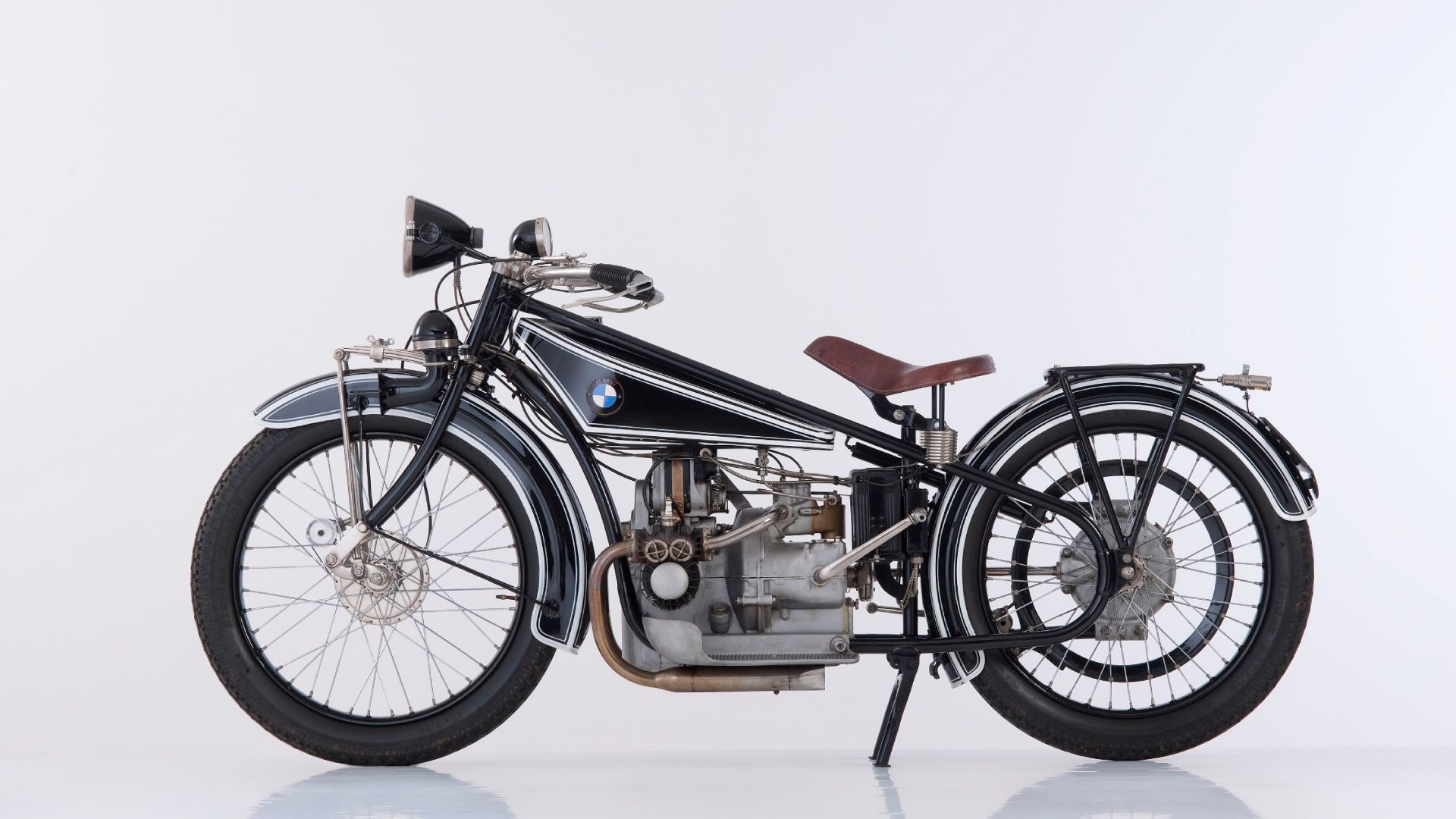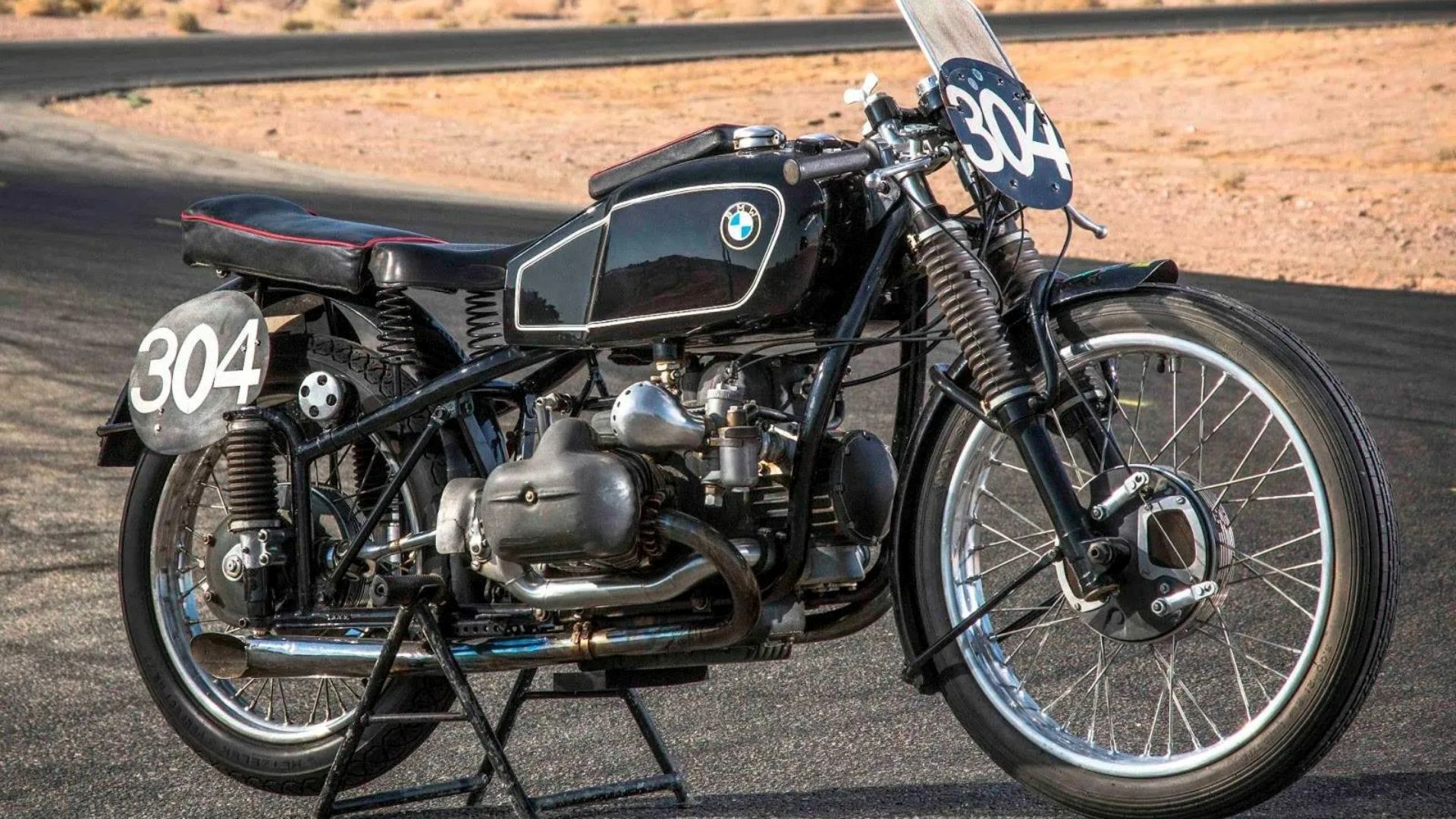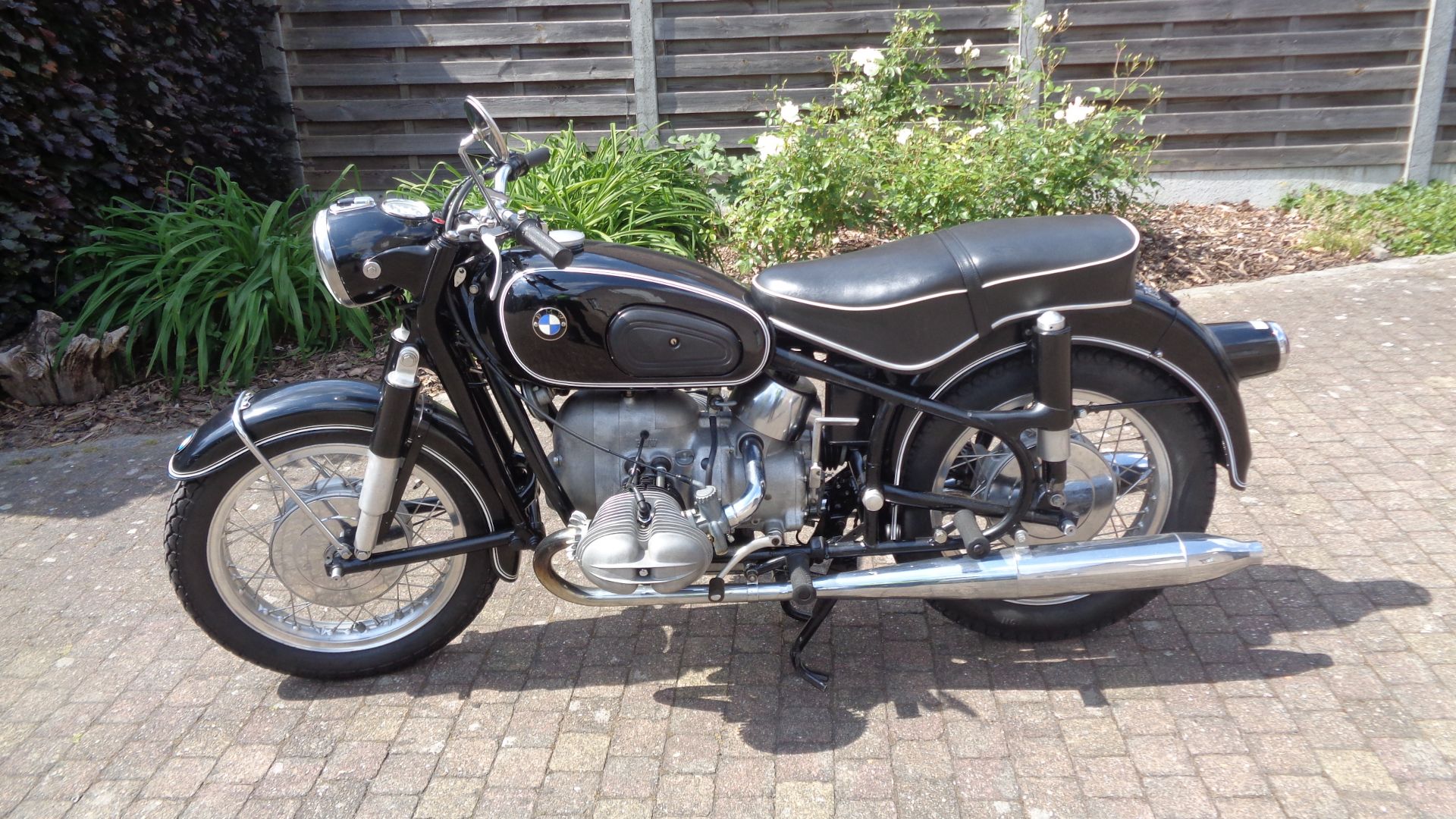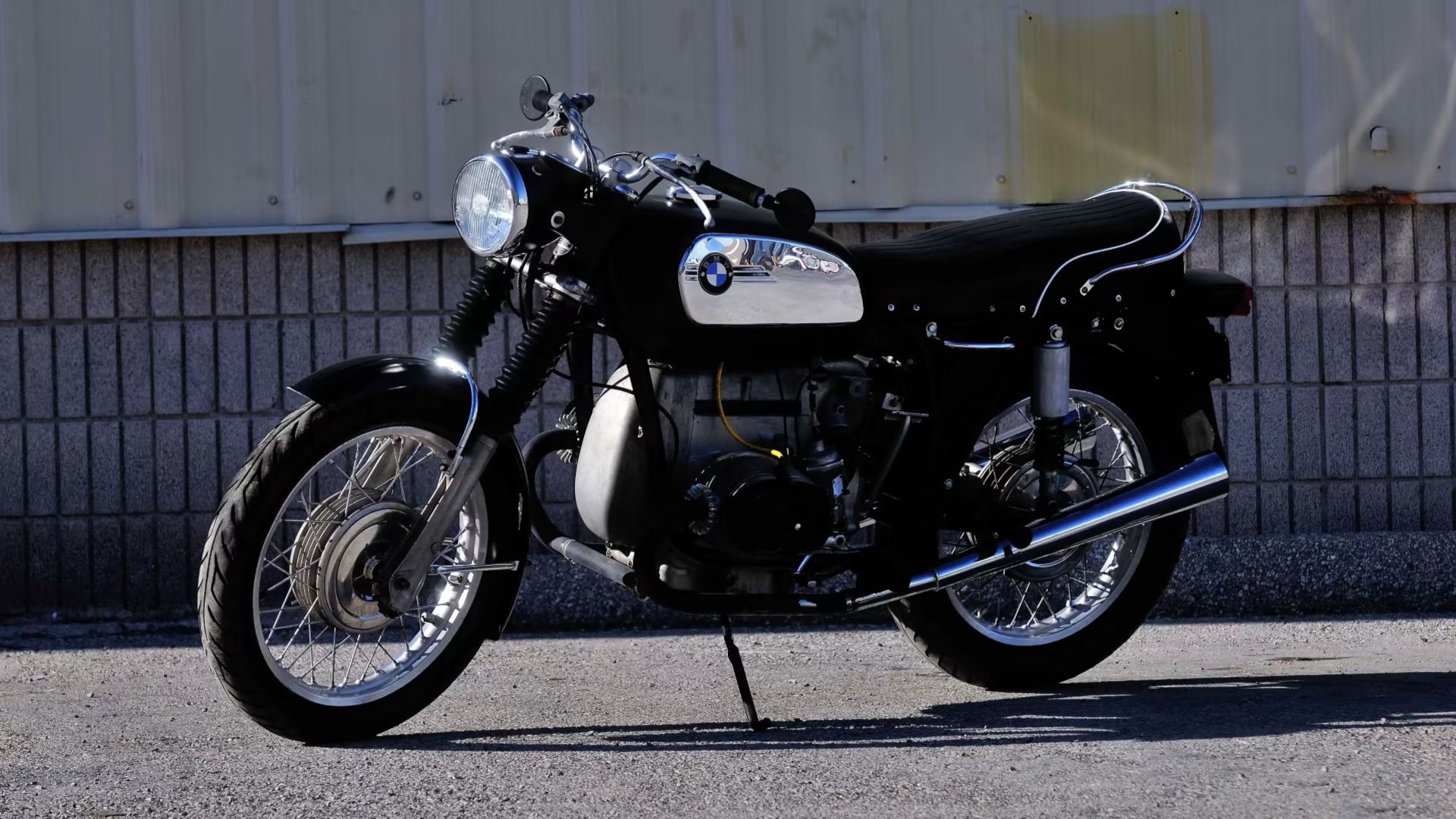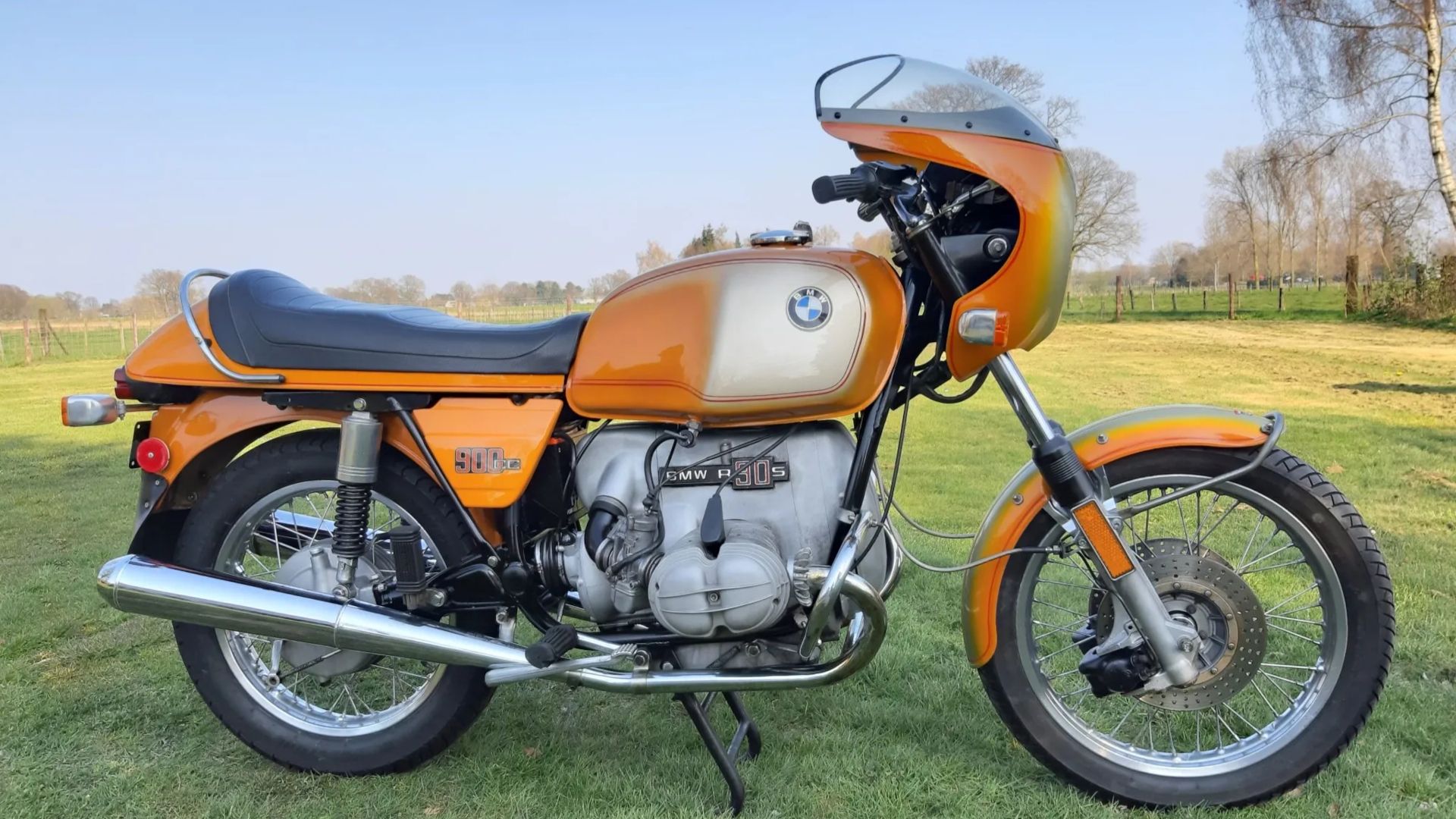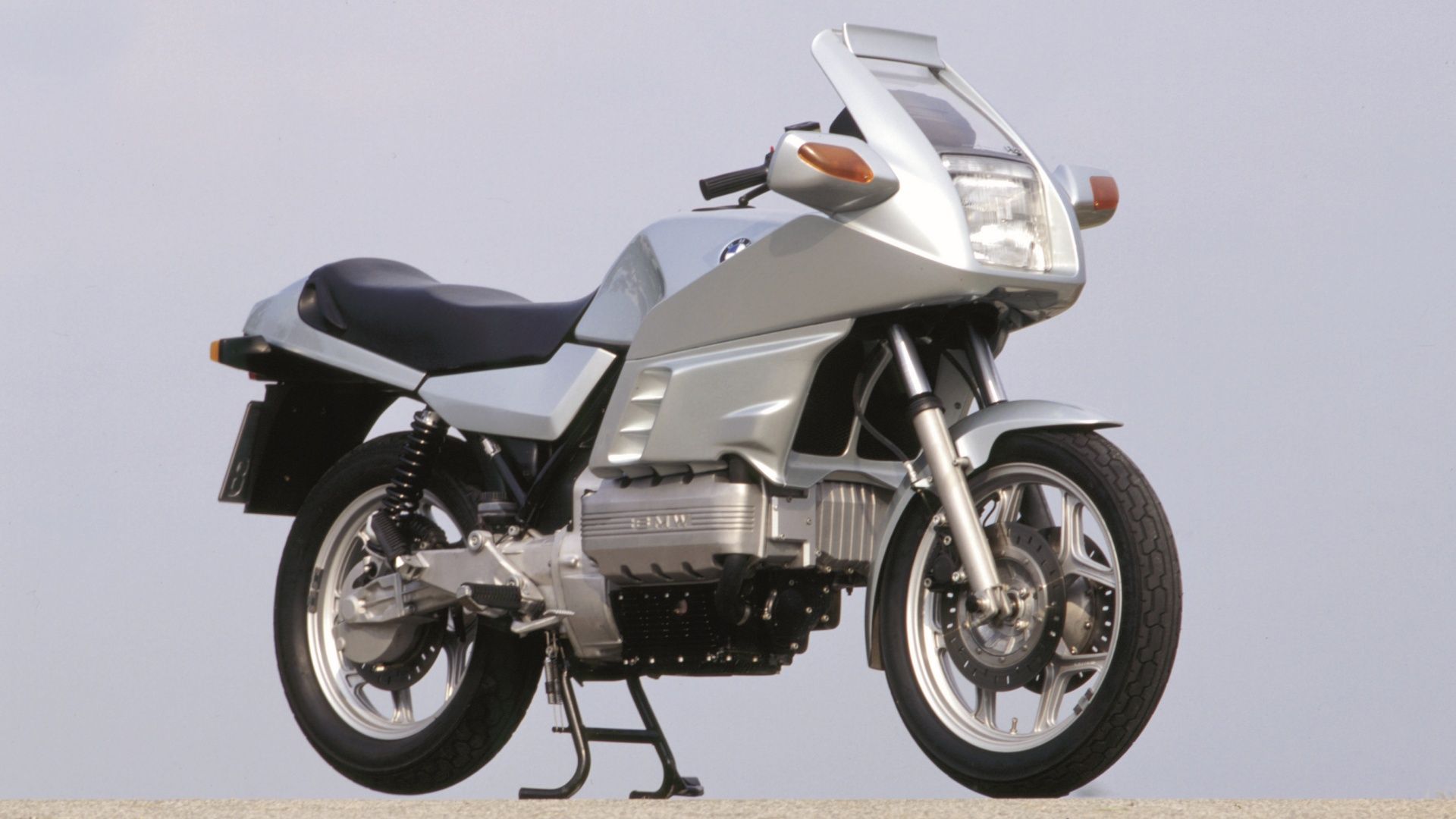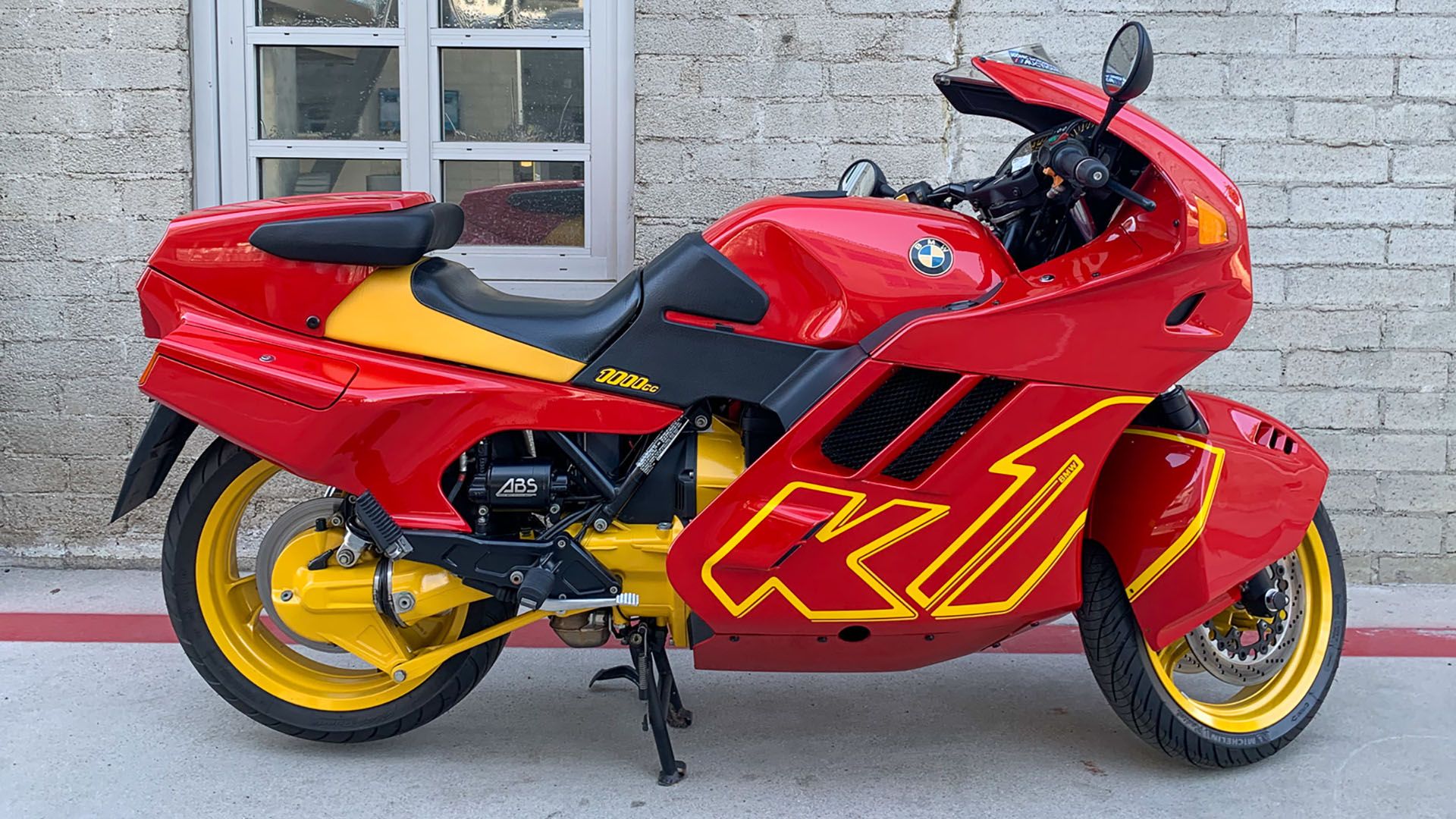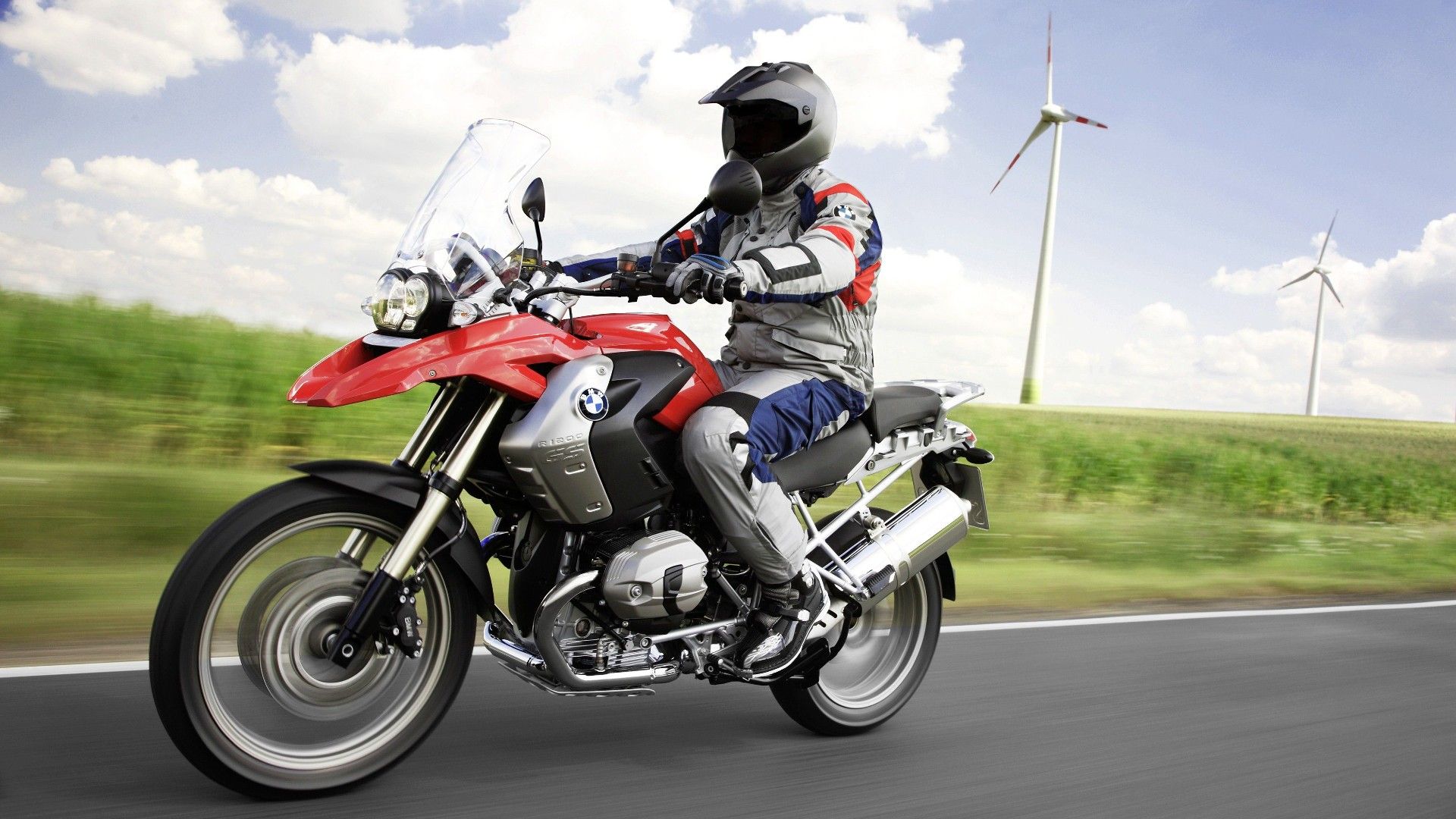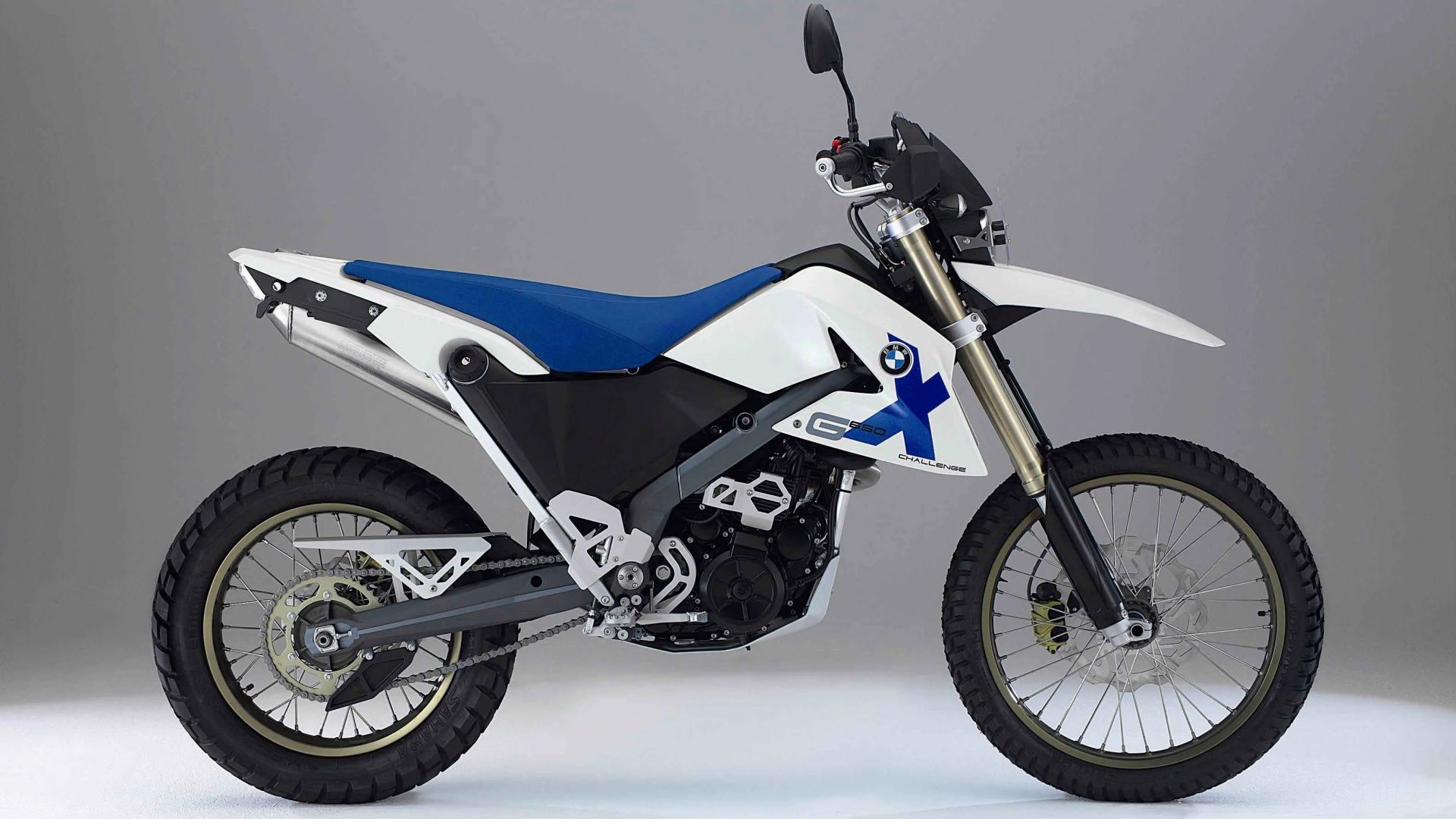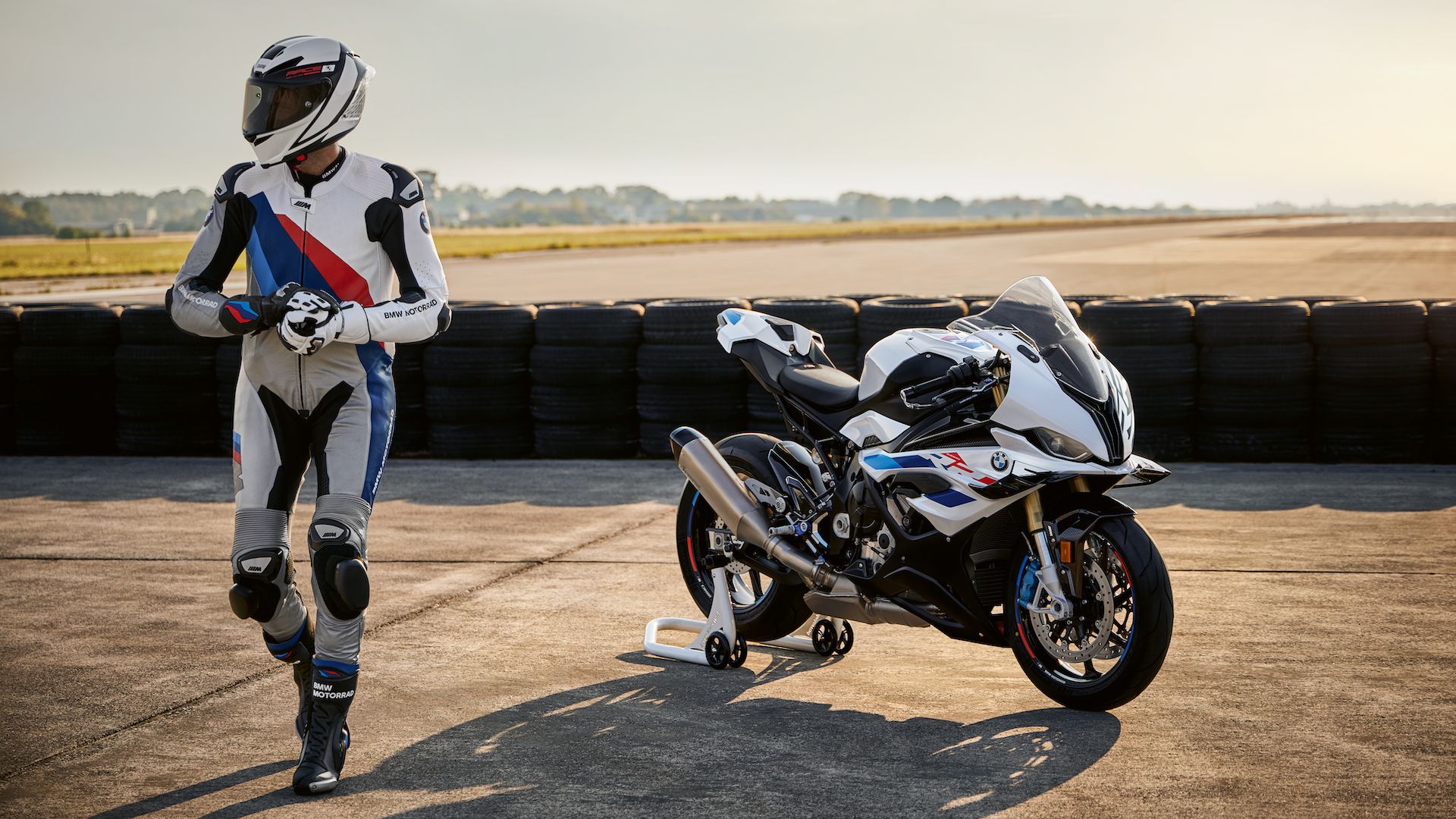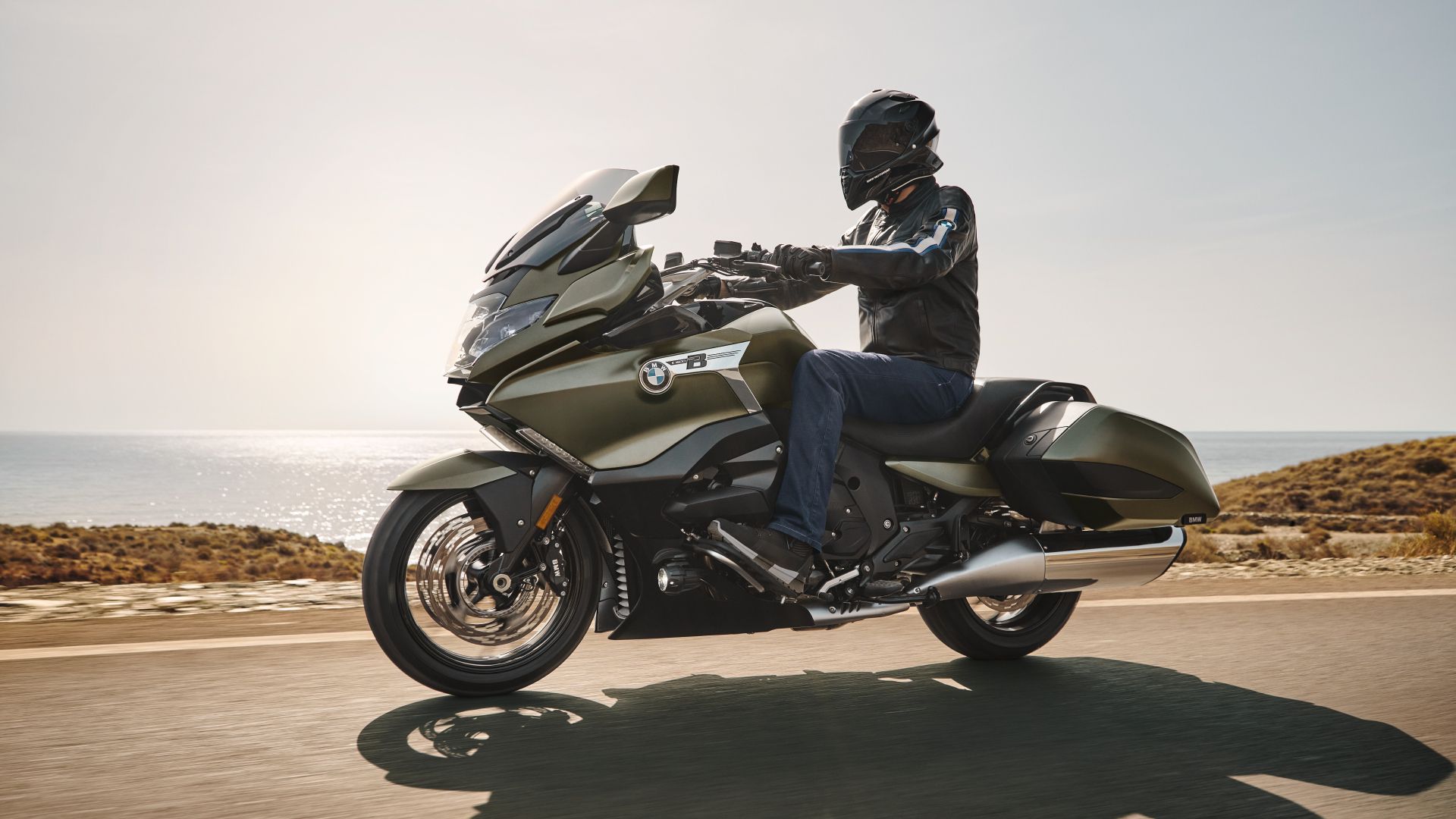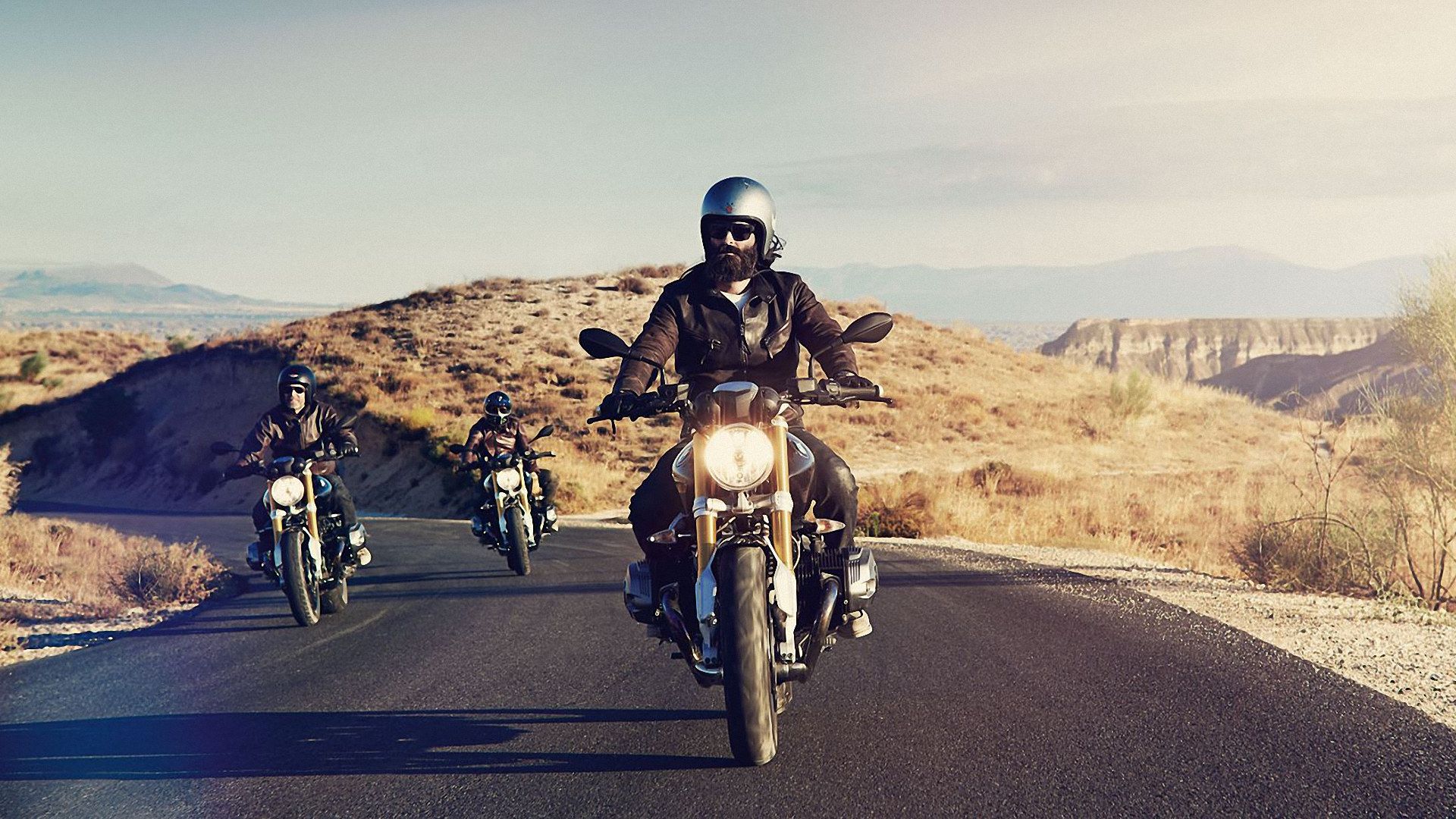Read update
- This article has been updated to make it more relevant and impactful with new content. Older entries have been updated with engine specifications to provide more holistic information. In addition, new entries have been added to the fold - namely R 1200 GS, GS650 XChallenge and R nineT considering their impact on BMW's motorcycle history.
Bayerische Motoren Werke manufactured aero engines before and during the First World War but, with the Armistice, the company was forced to cease such production. In order to stay afloat, the company turned its hand to manufacturing motorcycle engines, farm equipment, and railway brakes. In 1923, the first motorcycles were manufactured, and the company has gone from strength to strength ever since.
As time passed, the Bavarian brand became increasingly proficient at the craft of making motorcycles, earning a reputation for solid design and ultimately launching a brand-new class of motorcycles: the adventure bike. We all know how this segment has come forth to become one of the most preferred in today's market. However, BMW is not just known for its adventure bikes. Throughout its long history, it has been able to create some incredible motorcycles in a variety of styles, from sportsters to even scramblers. Here is the ultimate guide to some of the most influential bikes built by BMW.
UPDATE: 2024/02/20 12:39 EST BY UTKARSH SOOD
This article has been updated to make it more relevant and impactful with new content. Older entries have been updated with engine specifications to provide more holistic information. In addition, new entries have been added to the fold - namely R 1200 GS, GS650 XChallenge and R nineT considering their impact on BMW's motorcycle history.
In order to give you the most up-to-date information possible, the data used to complete this article was sourced directly from the manufacturer's website, as well as authoritative sites, including HotCars, and MotorcycleNews. The models are listed in terms of their year of release.
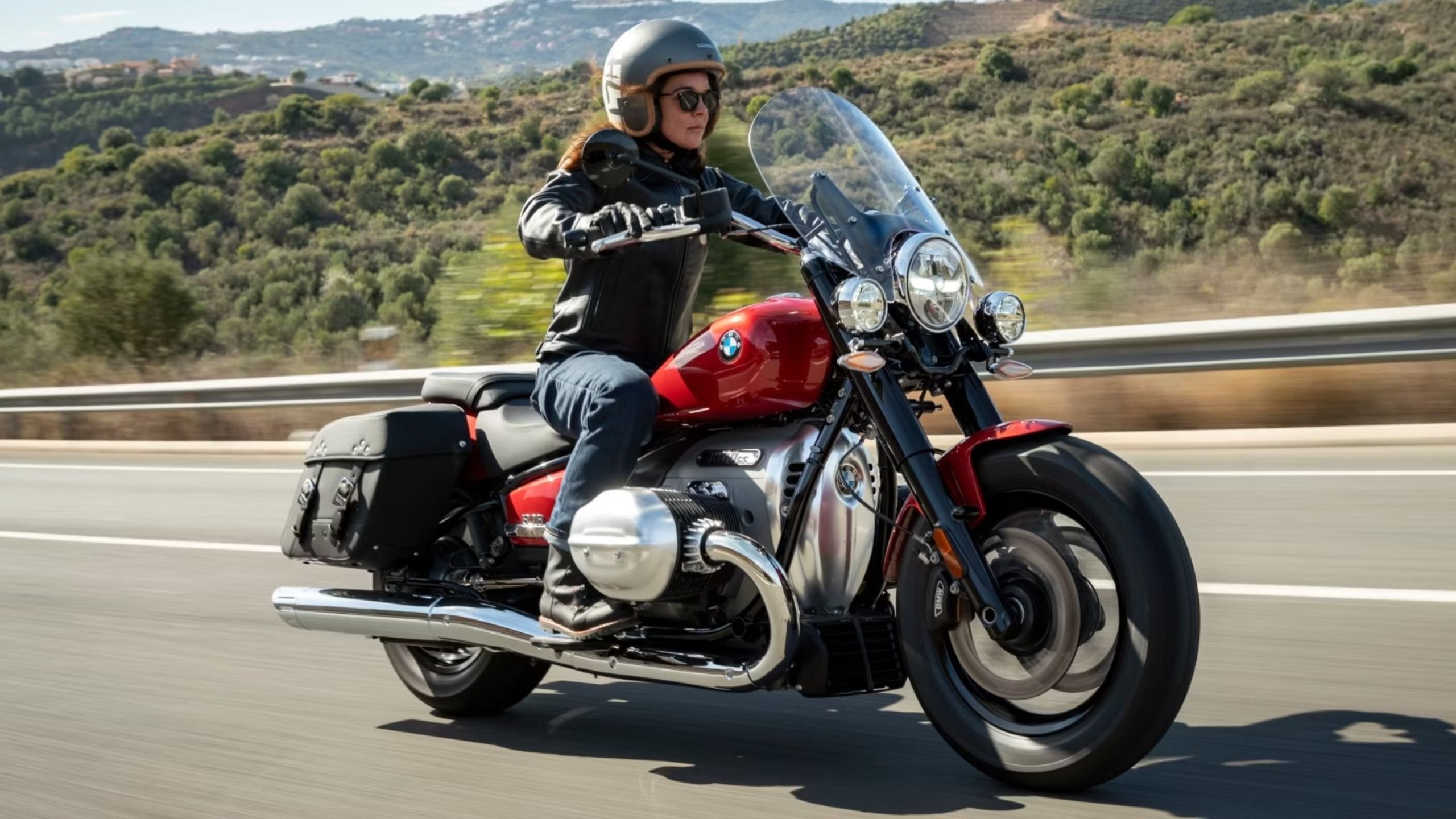
10 Things BMW Motorrad Owners Love About Their Motorcycles
There's one too many reasons why BMW is the one brand everyone wants13 R32
Year Released: 1923
Produced between 1923 and 1926, the R32 is the genesis of BMW motorcycle production and introduced technologies that are still present on today’s BMWs: flat-twin, or boxer engine with wet sump lubrication and shaft drive, along with a quality that far surpassed many motorcycle manufacturers of the day. The company’s aero-engine background definitely influenced the design of the engine, which was an air-cooled, 494cc unit.
Engine Specifications
|
Engine |
494cc, Air-cooled, Twin-cylinder Boxer |
|
Max Power |
8.5 Horsepower |
|
Max Torque |
NA |
|
Transmission |
3-speed |
(Sourced from motorcyclespecs.co)
12 Kompressor
Year Released: 1926
Racing was then, as it is now, an important marketing tool for young manufacturers and BMW was no different. The R32 was soon being used in competition - and winning - but BMW realized that to sit on its laurels was to be beaten on the race track. So, in 1926, a supercharger was bolted onto the engine in order to raise power.
BMW realized that the Norton was a better-handling racing motorcycle. So, determined to beat the British manufacturer using raw power, with the supercharger (Kompressor in German) the top speed of the bike rose to 140mph, which was significantly higher than any other race bike at the time. By 1939, the Kompressor was producing a rumored 70 horsepower and this was enough to power Georg Meier to victory in the Senior TT race, with teammate Jock West coming home in second place.
Engine Specifications
|
Engine |
492.6cc, Air-cooled, Twin-cylinder DOHC |
|
Max Power |
60 Horsepower |
|
Max Torque |
NA |
|
Transmission |
4-speed |
(Sourced from motorcycleclassics.com)
11 R69
Year Released: 1955
After returning to aero engine production during the Second World War, alongside motorcycle production for the military, BMW was once again prevented from manufacturing cars or motorbikes after the end of the war. By 1948, however, this ban was lifted and BMW continued with pre-war designs. By 1955, the company had recovered sufficiently to start work on a new model. The R69 was the result, and it helped lift BMW out of the post-war slump and set the scene for increasing success in the years and decades to come.
Powered by a 549cc version of the boxer twin engine driving the rear wheel via a shaft, the R69 was a staid-looking motorcycle but extremely well-made, fast, and reliable. It was still a warmed-over pre-war model, with the hardtail rear converted to plunger suspension, while telescopic forks were fitted at the front.
Engine Specifications
|
Engine |
549cc, Air-cooled, Twin-cylinder |
|
Max Power |
35 Horsepower |
|
Max Torque |
NA |
|
Transmission |
4-speed |
(Sourced from BMW)
10 R75/5
Year Released: 1969
BMW’s post-war recovery was completed with the introduction of the R75/5 in 1969. It was this model that set the template for BMW motorcycles well into the 1980s, having swing arm rear suspension, crisp modern styling (which could never be called beautiful!), and a 50 horsepower, 749cc boxer engine. Its light weight of 460 pounds gave it excellent performance and handling. What is significant is that BMW withstood the onslaught of the Japanese invasion of the European and U.S. markets while the British motorcycle industry imploded.
Engine Specifications
|
Engine |
749cc, Air-cooled, Twin-cylinder |
|
Max Power |
50 Horsepower |
|
Max Torque |
44 Pound-feet |
|
Transmission |
4-speed |
(Sourced from motorcyclespecs.co)
9 R90S
Year Released: 1973
Realizing that its image was possibly a bit too staid in the face of ever-faster models from the Japanese manufacturers, BMW threw away their own rule book and created the R90S, complete with a bikini fairing and super classy ‘smoked’ paint jobs. The engine of the R75/5 was enlarged to 898cc and the power shot up from 50 to 67 horsepower. The top speed was 124 MPH, and it would run the quarter mile in 13.5 seconds.
To cement its credentials, two R90S bikes placed first and second in the very first AMA Superbike race at Daytona International Speedway in 1976. Next to contemporary Japanese bikes, it still looked rather staid, but there was no doubting the quality, which certainly contributed to the high retail price. But the R90S paved the way for more performance-biased models, culminating in the S1000RR, introduced in 2009 (see below).
Engine Specifications
|
Engine |
898cc, Air-cooled, Twin-cylinder |
|
Max Power |
67 Horsepower |
|
Max Torque |
55 Pound-feet |
|
Transmission |
5-speed |
(Sourced from BMW)
8 R80G/S
Year Released: 1980
Quite simply, the bike launched a whole new category in motorcycling. The R80G/S (Gelande/Strasse - off-road/road) was the first dual-sport motorcycle available to the buying public and was immediately successful, helped by victories in the grueling Paris-Dakar rally race in 1981, ’83, ’84, and ’85. In constant production ever since, not to mention constant development, the GS family put BMW Motorrad firmly on the map and is still today the benchmark by which all other adventure bikes are measured.
In 2004, the GS gained a huge publicity boost by being used by Charley Boorman and Ewan McGregor for their epic round-the-world trip, as chronicled in the TV series and book, Long Way Round. BMWs were used after KTM refused to supply bikes, and it has to be the worst marketing blunder any manufacturer has ever made. From that point on, BMW was the default choice for epic adventure rides.
Engine Specifications
|
Engine |
797.5cc, Air-cooled, Twin-cylinder |
|
Max Power |
50 Horsepower |
|
Max Torque |
41 Pound-feet |
|
Transmission |
5-speed |
(Sourced from motorcyclespecs.co)
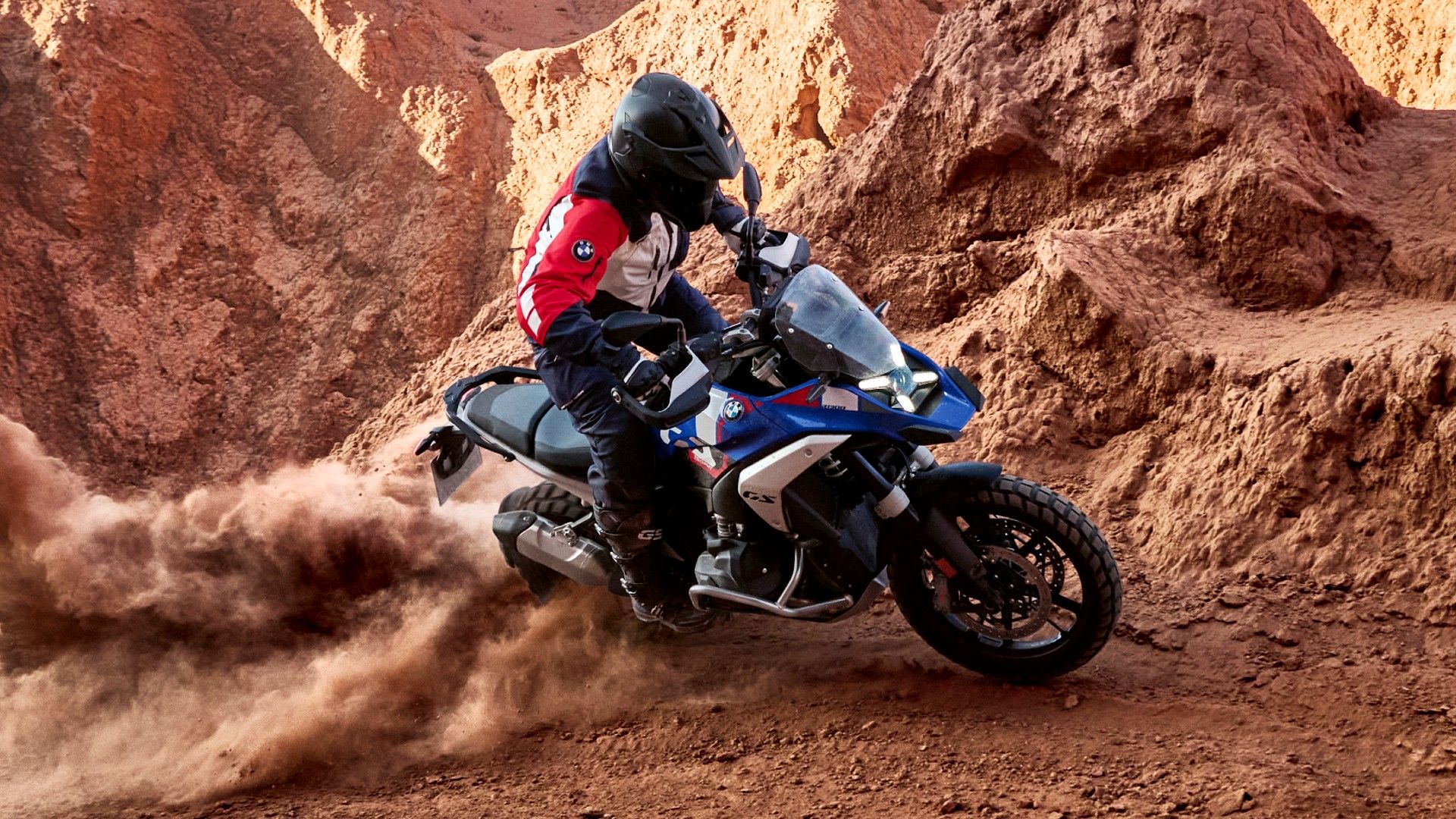
Here's How The BMW GS Series Has Evolved Since Its Inception
Here are the motorcycles that helped the BMW R 1300 GS become the bike that it is today7 K100RS
Year Released: 1983
Never a company to do anything by the book, BMW yet again surprised the motorcycling world when it introduced its new engine. Not content with simply entering the world of inline four-cylinder engines as made popular by the Japanese, BMW chose to not only mount the engine longitudinally, so that the crankshaft ran fore and aft, but also to lay the engine on its side, so the pistons moved in a horizontal plane.
The layout enabled BMW to continue to use shaft drive and also made maintenance much easier, with both cylinder head and crankshaft accessible without having to remove the engine. It was one of the first bikes to have electronic fuel injection, and it was unashamedly BMW, from the quirky design to the impeccable riding experience. Never again would a BMW be so radical...
Engine Specifications
|
Engine |
987cc, Liquid-cooled, Inline Four-cylinder |
|
Max Power |
95 Horsepower |
|
Max Torque |
83.9 Pound-feet |
|
Transmission |
5-speed |
(Sourced from motorcyclespecs.co)
6 K1
Year Released: 1988
...Or would it? BMW was still trying to convince the public that it had shaken off the staid image it had enjoyed for so many decades. The result was the K1. Based on the K100, BMW spent an excessive amount of time in the wind tunnel to create the all-enclosing fairing and bodywork with an extremely low drag coefficient.
It looked like nothing else in motorcycling but, unfortunately, it wasn’t all that fast and the bodywork added so much weight that it had to be made from very thin fiberglass which cracked all too easily. It didn’t even sell that well, with only 7,000 units being sold before production was stopped in 1993. But that hasn’t stopped the K1 from being one of the most distinctive motorcycles of the past 30 years and certainly made people sit up and reassess their opinions of BMW.
Engine Specifications
|
Engine |
987cc, Liquid-cooled, Inline Four-cylinder |
|
Max Power |
100 Horsepower |
|
Max Torque |
74 Pound-feet |
|
Transmission |
5-speed |
(Sourced from motorcyclespecs.co)
5 R 1200 GS
Year Released: 2004
The 1200 GS is the motorcycle that kicked-off the modern-day ADV fever we all seem to be surrounded by. Because it was a ground-breaking adventure motorcycle that outperformed all of its rivals when it was initially introduced back in 2004, it grew in popularity since then. Even though the R 1100 GS and R 1150 GS models were excellent, it wasn't until the R 1200 GS that the general public began to experience GS fever.
Furthermore, the R 1200 GS was included in the follow-up Long Way Down, despite expectations that the public would purchase the Long Way Round R 1150 GS models. For the most part of the last 20 years, the R 1200 GS has been among the hottest and best-selling motorcycles in the market, consistently topping the charts.
Engine Specifications
|
Engine |
1,254cc, Air/liquid-cooled, Flat twin |
|
Max Power |
136 Horsepower |
|
Max Torque |
105 Pound-feet |
|
Transmission |
6-speed |
(Sourced from BMW)
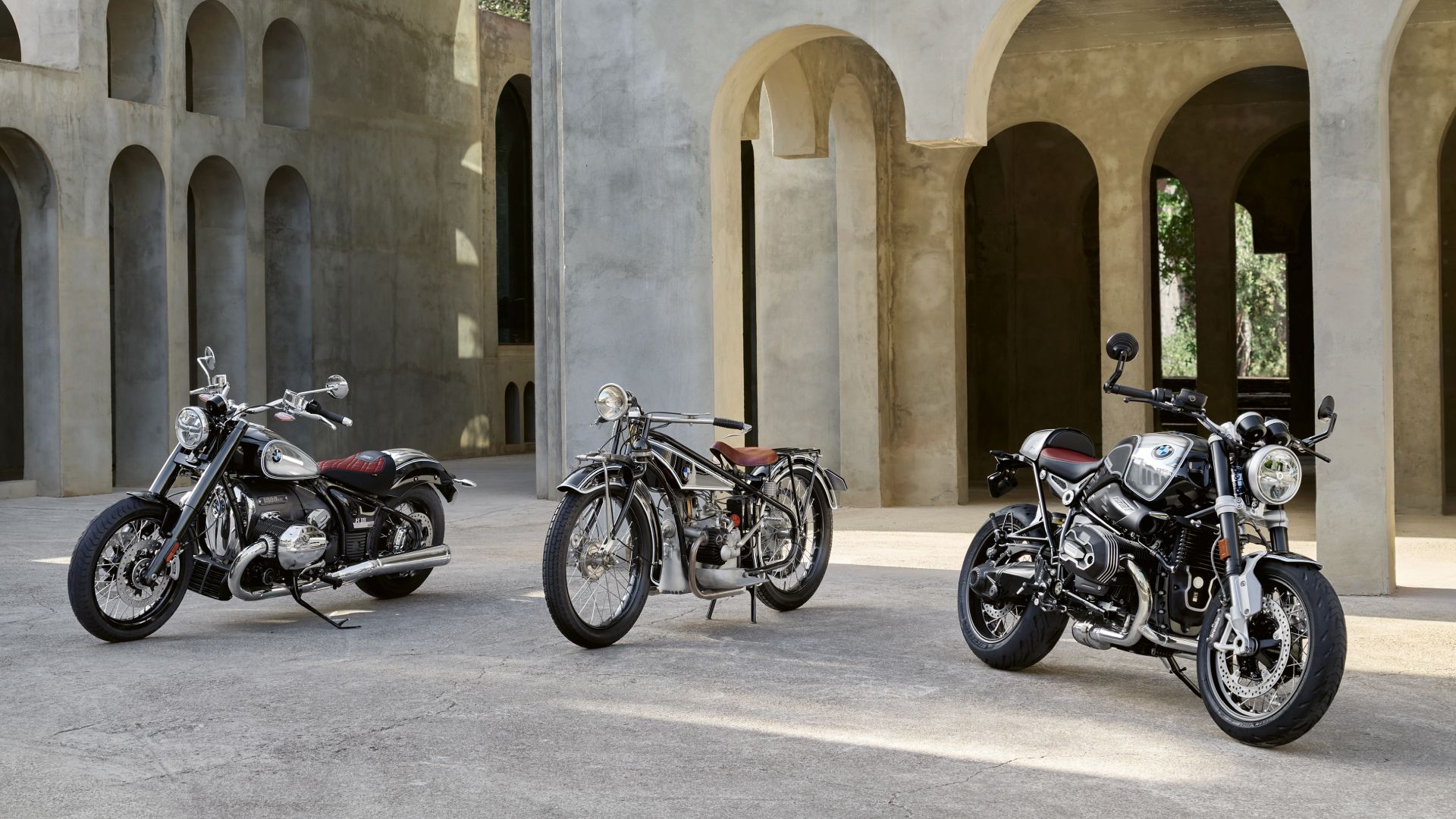
BMW Motorrad: 100 Years Of German Motorcycles
One of the oldest motorcycle brands in the world is still going strong, building on a long history of amazing bikes4 GS650 XChallenge
Year Released: 2006
The G650 series is usually ignored, but the reality is it is a significant motorcycle in BMW's history. It's unfortunate because the three available models were really decent. Although they were a wonderful offering, the XMoto, XCountry, and XChallenge were tragically limited to just three years in dealerships between 2006 and 2009.
Powered by an upgraded version of the engine most frequently seen on the F650, the XChallenge is a stylish dual sport that was remarkably good both on and off-road. That was down to its 652cc single-cylinder Rotax engine, which produced 52 horsepower at 7,000 RPM and 44 lb-ft of torque at 5,250 RPM. The engine was neatly kept in place by a lightweight chassis with extremely agile handling.
Engine Specifications
|
Engine |
652cc, Liquid-cooled, Single-cylinder |
|
Max Power |
52 Horsepower |
|
Max Torque |
44 Pound-feet |
|
Transmission |
5-speed |
(Sourced from BMW)
3 S1000RR
Year Released: 2009
For so many years, BMW resolutely refused to follow the herd and blithely went on their own merry way. If their motorcycles became more familiar, it was mainly because so many manufacturers were copying elements of their successful designs, whether it be touring bikes or adventure bikes. Then, in 2009, BMW once again turned the motorcycling world on its head when they introduced the S1000RR liter-superbike. This was a field in which they had absolutely no experience, while its Japanese rivals had at least 15 years' head start, but that didn’t stop the S1000RR from immediately becoming the benchmark for the class.
Initially intended to take BMW into the World Superbike Championship, the S1000RR was only sold to the public for homologation purposes. The response was so good, however, that BMW simply had to put it into mass production from 2010 onwards. It was the first superbike to be fitted with ABS and traction control, riding modes, and an optional quick shifter for the gearbox. In one fell swoop, BMW forced the Japanese giants straight back to the drawing board if they were to have any chance of matching the S1000RR.
Engine Specifications
|
Engine |
999cc, Liquid-cooled, Inline Four-cylinder |
|
Max Power |
205 Horsepower |
|
Max Torque |
83 Pound-feet |
|
Transmission |
6-speed |
(Sourced from BMW)
2 K1600
Year Released: 2010
For a long time in the 1970s and ‘80s, if you said BMW, many people would think of the large, fairing-equipped touring bikes, such as the R80RT and R100RT. The R class of touring bikes remains in production but, in 2010, following hot on the heels of the S1000RR sports bike, BMW unveiled its new touring weapon, the K1600 range of touring bikes, powered by an astonishing 1,649cc, inline six-cylinder engine.
What was even more astonishing is that the engine was only 2.6 inches wider than the inline four-cylinder engine fitted to the K1300 and was, at the time, the world’s most compact six-cylinder engine. Utilizing shaft drive and equipped with every conceivable electronic rider aid, as well as all-day touring comfort and sparkling performance, it yet again set the bar high for every other manufacturer of touring motorcycles.
Engine Specifications
|
Engine |
1,649cc, Liquid-cooled, Inline Six-cylinder |
|
Max Power |
160 Horsepower |
|
Max Torque |
132.7 Pound-feet |
|
Transmission |
6-speed |
(Sourced from BMW)
1 R nineT
Year Released: 2014
Since its first release in 2014, the BMW R nineT has proven to be a successful sales product and platform. Given that this bike is one of the most famous modern-day BMWs, ever wondered what makes it unique? To put it simply, it's among the most versatile BMW motorcycles ever created.
This vintage beauty was built to be a modern icon from the outset. It boasts a vintage air-cooled boxer engine that will bring back memories, but it also includes contemporary technology that maintains its dependable, seamless, and reliable nature. The R nineT's blank canvas design, which allows for complete customization, is what makes it unique. Not just that, it has four other official options: the Pure, the Urban G/S, the Racer, and the Scrambler.
Engine Specifications
|
Engine |
1,170cc, Air/oil-cooled, Two-cylinder Boxer |
|
Max Power |
109 Horsepower |
|
Max Torque |
85.5 Pound-feet |
|
Transmission |
6-speed |
(Sourced from BMW)
FAQ
Q: Which is the best BMW bike?
That all depends on what type of riding you are intending to do, but every BMW, irrespective of the model, will be the very best example of motorcycling that can be built
Q: What is the price of BMW Bikes?
BMW models range in price from a few thousand dollars all the way up to many tens of thousands of dollars, depending on whether you buy the entry-level G310R or the top-of-the-range S1000RR HP4.
Q: Which is the best BMW bike?
That all depends on what type of riding you are intending to do, but every BMW, irrespective of the model, will be the very best example of motorcycling that can be built
Q: What is the price of BMW Bikes?
BMW models range in price from a few thousand dollars all the way up to many tens of thousands of dollars, depending on whether you buy the entry-level G310R or the top-of-the-range S1000RR HP4.

